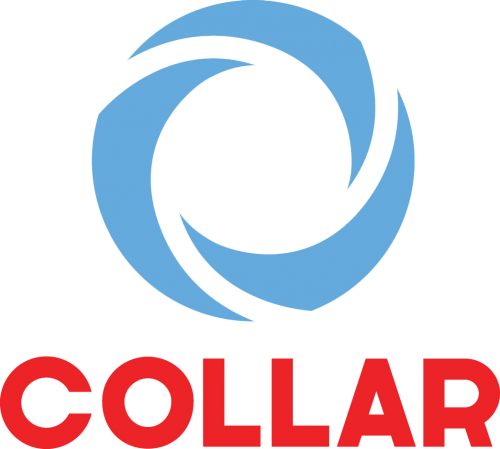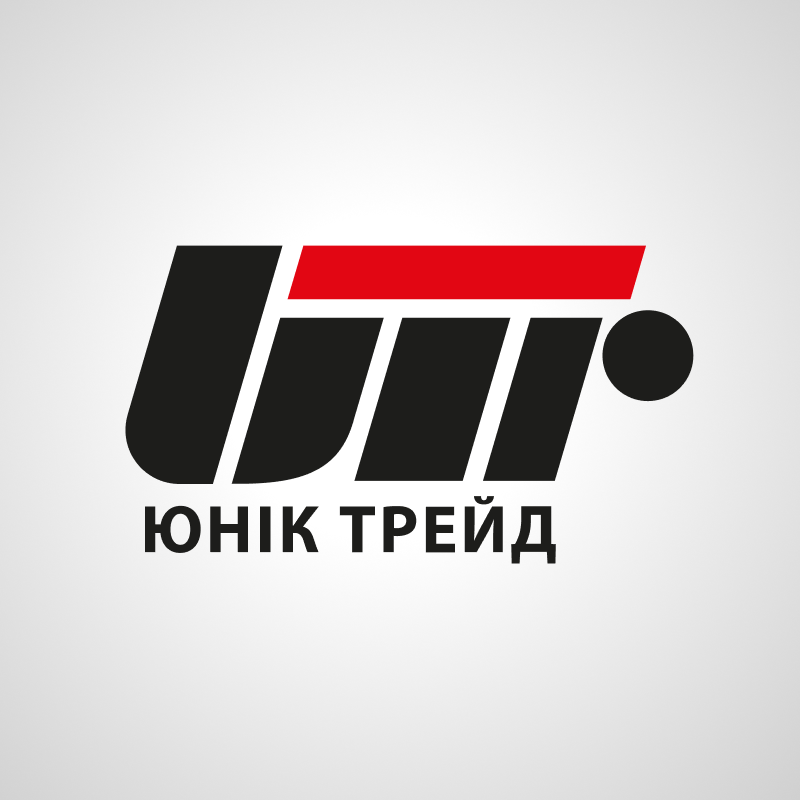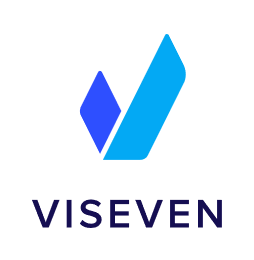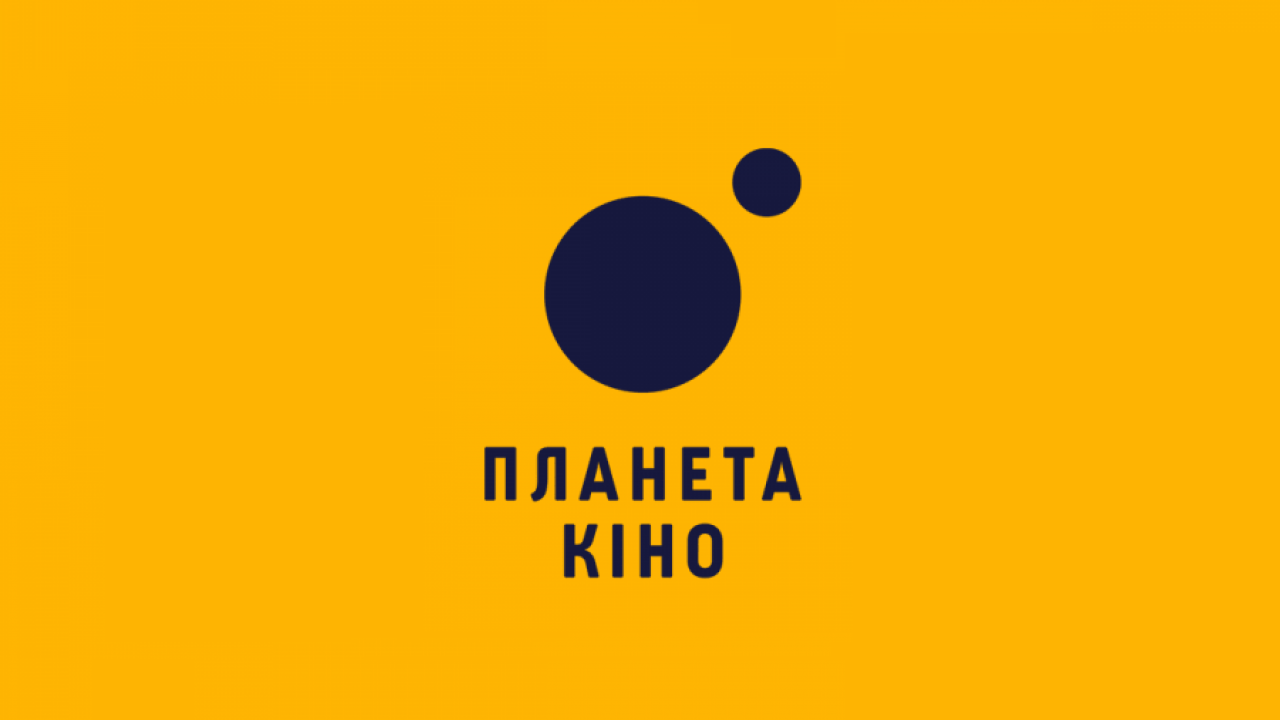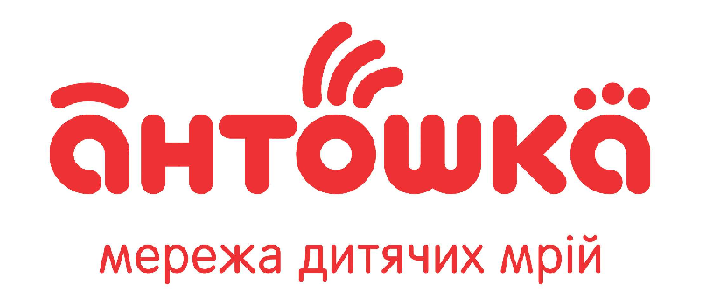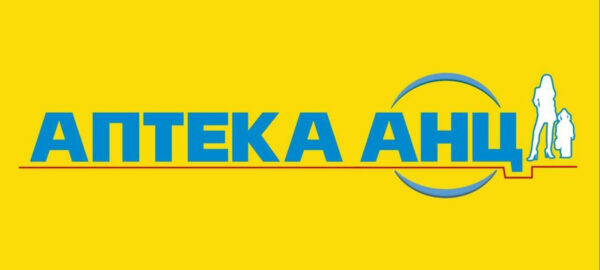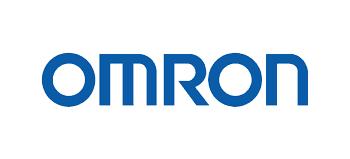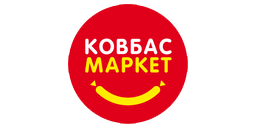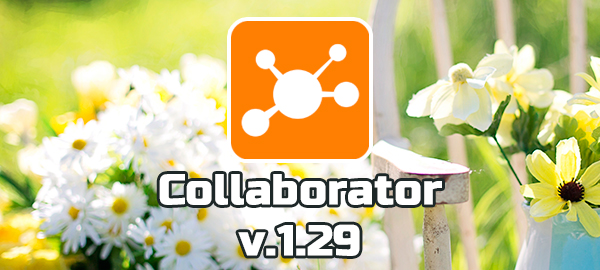
Collaborator 1.29.0 – Checklists, Contacts and Simplified access to course materials
The next 29th version of the e-Learning and staff development platform “Collaborator” is released.
We improved the internal mechanisms of the platform, created two new functions – Checklists and Contacts. Furthermore, we changed access to additional course materials and made many other improvements.
In this release:
1. Checklists – a tool for verification and evaluation
2. Contacts – a contact directory of your organization
3. Change of access to additional course materials
4. Creation of notices for webinars
5. Birthdays widget – changed appearance
6. Chat – sending of mp3 files is enabled
7. Changing in titles of Wiki articles
8. Checkpoints in Working Tasks
9. Prevention of autonomous password change
10. Optimization of courses, tests and complex tests
1. Checklists – a tool for verification and evaluation
Checklist is a questionnaire on the given criteria. Checklist helps to verify the standards and processes that employees must adhere. Nevertheless, this questionnaire can be also used in a different way – to collect feedback from customers or opinions about condition of retail/office space and quality of the display design as well as for self-checking and tracing errors, etc.
 Respondents make evaluation for each checklist criterion. The evaluation scale can be newly created or selected from ready-made ones in the section “Certification” – “Evaluation scales”. A variety of scales makes it possible to make to turn checklists into a flexible tool. It will be discussed below.
Respondents make evaluation for each checklist criterion. The evaluation scale can be newly created or selected from ready-made ones in the section “Certification” – “Evaluation scales”. A variety of scales makes it possible to make to turn checklists into a flexible tool. It will be discussed below.
Items in checklist questionnaire are formed according to the criteria from the section called “Certification” – “Criteria groups”. These are the same criteria that are used in the “360 Polls” tool. Therefore, you can organize a simple audit of the employees’ competencies by their mentor or clients using checklists.

The checklist working principle is the same as “360 Polls”.
1. First, create needed evaluation scale (“Certification” – “Evaluation scales”) and the criteria for evaluation (“Certification” – “Criteria groups”).
2. Then create a checklist template (“Certification” – “Checklists”).
Fill in the Name, Description, Instruction for those who complete the questionnaire, select the evaluation scale and criteria.
Each checklist criterion can have its own weight – so we can distribute the “significance” of the questionnaire items. Taking into account these weights, the total estimate (in percentage) will be calculated based on the results of filled out in the questionnaires. But do not forget to publish the Checklist.
3. Save checklist template.
All parameters of the checklist can be changed before its first usage. As soon as filling of checklist questionnaires is started, it will be forbidden to change the evaluation scale and the set of criteria. The remaining parameters can be adjusted.

4. Create a “Checklist” task (“Training tasks” – “Tasks” – Create).
Select the prepared template. Choose the way of collecting the evaluation. In Collaborator v.1.29.0, only moderator of this task (instructor, secret buyer, tutor) can evaluate it. In the next versions, the self-esteem mode will be added.
Specify the “Deadline for the task” and “Passing threshold”, set tags and allow commenting (if necessary).
5. Assign users for the task.
The “evaluated by Moderator” mode, requires assigning of at least one or more Moderator and those users who he will be evaluated. Each moderator can check (evaluate) questionnaire of any of the assigned users. Several moderators in a multi-user mode can perform evaluation of a single form at the same time.
At assigning moment, each moderator will receive a message about new assignment and will be able to find it in his or her “My Tasks” list.

Users can gradually do filling out of the Checklist. All marked items are automatically saved, so the submission of the questionnaire can be postponed. The results of checklists can be immediately reviewed in the “Checklist reports” after filling or submitting.
https://youtu.be/gVID4t-KcC8
Ideas for Checklists usage
Service standards control. Checklists contain a list of criteria of service standards in the company. The evaluation scale “Bad = 0 / Good = 1 / Excellent = 2” is used. Each criterion has its own weight. An Inspector is appointed as moderator. The task is also assigned to the heads of those departments of the company whose services are to be evaluated. In the report, head of those units that had better met the standards will have a greater result.
Service faults control. The checklist contains a list of faults that should not be committed. Each fault has its own weight. The inverse scale “Yes = 0 / No = 1” is used. The Inspector conducts the task with the checklist. The task is assigned to employees whose actions should be monitored. In the report, those employees who allow fewer errors will achieve the best result.
Stages of beginner’s adaptation program. All stages of collecting documents, getting a business phone, email, workplace, etc. are filled in the Checklist. The rating scale is “Yes = 1 / No = 0”. All weights of the checklist items are the same and equal to 1. The stages are filled in by the Mentor. Newcomers are being assigned for the task; the Mentor is assigned as moderator. It is possible to postpone the submission of the questionnaire until it is fully filled. Those newcomers who have fully completed all stages of the adaptation program will have maximum results.
We are waiting for your feedbacks concerning “Checklist” functionality and inviting you to discuss the follow-up modifications and development of this tool in our Facebook group.
2. Contacts – a contact directory of your organization
In Collaborator v.1.29.0, the “Contacts” directory is now displayed in the “Information” section. The directory helps to find information about users quickly using the search. You can search by last name, first name, patronymic of the user, as well as by his or her position, department, city. Corporate structure specified in the Collaborator is displayed in the right part of the directory. Select department in the corporate structure and all its employees will be listed.

Detailed contact information about people is displayed for Administrators – at least email, phone, tags.
Regular roles can see only that contact information which was shared by users themselves – email, phone, and date of birth. Tags are not displayed to regular roles.
https://youtu.be/6wyJH1DdhrU
Each employee can change the settings contact information sharing in own “User Profile”. By default, all contact information is hidden for non-administrative roles.

3. Change of access to additional course materials
We have been monitoring usage of additional course materials for a long time. Each course contains a “Syllabus” with mandatory training elements placed in the recommended order. Moreover, all additional educational resources were located in a “Materials” section.
However, as it turned out, this section with extra materials was rarely addressed (sometimes almost never). The reason of this is that they were hardly seen on the page and the lack of connection between additional materials and “Syllabus” items.
In this version of Collaborator, we have changed the concept of working with this Course section.
What was changed:
1. The “Course Materials” section was deleted. Now course authors do not need to select the resources from the “Knowledge Base” to put them into “Course Materials”, and then arrange “Syllabus” from “Course Materials”. Now you straight away arrange course “Syllabus” from the published resources.
2. Additional materials are added to a specific item of the course “Syllabus” in the same way in which resources are added to the “Syllabus”.

3. When passing the item of course “Syllabus”, the user will be referred to additional materials of this item.

We will observe how the use of additional materials will be changed after such an innovation. If you have ideas and suggestions – write to us, we will all take into account.
4. Creation of notices for webinars
In previous versions, it was already possible to create tasks with Webinars. However, they could be placed into “On user choice Catalog” only without explanations or any detailed notices.
In this version, we have redesigned the functionality and now, in order to create a Task with Webinar, you should first create content for it, i.e. notice-description. Thus, work with Webinars becomes similar to work with meetups:
1. Create a resource-notice of “Webinar”. This is the page that explains the topic of the webinar, its contents, who will be the moderator, why this webinar is important, etc.

2. This webinar resource-notice is used when creating the Task.

3. The task is assigned to users (moderator, participants) and then published in the Catalog.

The webinar notice is available by “More about the webinar” link. This link opens the created resource that describes the webinar in details.
With the help of this function, you can organize webinars with access confirmation – it is enough to set the Assign mode “Submit request via Catalog” in the task parameters. The user will have access to the Webinar after the application is confirmed by the Administrator.

5. Birthdays widget – changed appearance
If today is the birthday of several people, then the widget will display each of them one by one. Now we display city, department and position of each birthday celebrant.
 6. Chat – sending of mp3 files is enabled
6. Chat – sending of mp3 files is enabled
Now you can send audio files via chat. By default, the size of the file that can be transferred is limited up to 50 MB.
7. Changing in titles of Wiki articles
According to the principles of the Wiki-encyclopedia, the names of its articles are recognized by the system as links to them. If you want to create a link to a Wiki-article – you may just write the title of this article in square brackets [[Article title]] in the text of the Wiki-article, which you are currently working on.
Before, in case of changing of referring article title, you have to search and modify all links to it in the Wiki-encyclopedia. Therefore, we did not allow changing the title of the articles earlier.
Now it can be done – Collaborator will automatically find all the links and replace their names with a new one.
https://youtu.be/38lWe91QDLg
8. Checkpoints in Working Tasks
The new function is added to the Working tasks. They are used to establish and monitor the implementation of assignments and tasks that are not related to training. Now, in such a task, you can create a list of items – checkpoints for execution. This would allow you to work with the task and record execution of its parts without creating of sub-tasks.
https://youtu.be/UgH2W2xQexg
9. Prevention of autonomous password change
Often, our clients already use Active Directory, Google Suite or another corporate user management system to keep accounts. When integrating Collaborator platform with them, the password is being set not in Collaborator, but in the external system. We added an option that excludes the possibility of autonomous password change by users in Collaborator. This action must be performed in external systems and is governed by their rules.
10. Optimization of courses, tests and complex tests
Regular monitoring of the system operation and regular refactoring is one of our work principles. In this version, we redesigned modules of tests, courses and complex quizzes. What does this give? – Improved performance and stability at high loads.
Do you have any suggestions or a bright idea, which can make Collaborator even better? Then write to our Facebook page: https://www.facebook.com/lmscollaborator/. And, perhaps, your idea will be realized in the next release.
Best regards,
Collaborator team.


